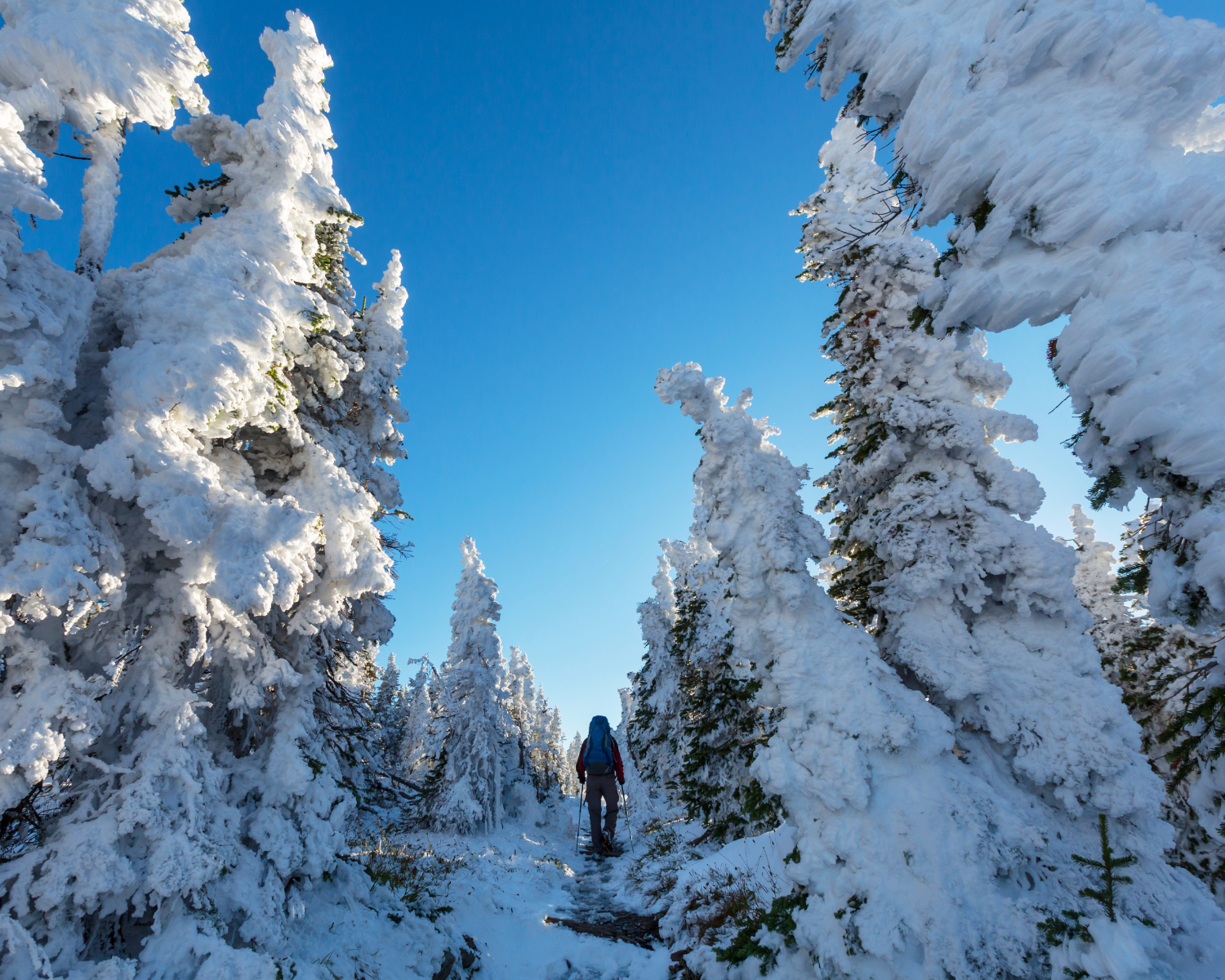The Health Benefits of Winter Hiking
Embarking on a winter hiking journey presents a unique blend of picturesque beauty and a multitude of benefits. This adventurous activity is a powerhouse for enhancing your overall health. Winter hiking is a comprehensive health booster, offering everything from intense calorie-burning workouts to combating seasonal depression.
However, it's crucial to recognize that winter hiking demands specific preparation and equipment. The challenges posed by colder temperatures require careful planning and the right gear to ensure safety and enjoyment. Understanding these essentials is key to fully embracing the adventure of winter hiking. Armed with this knowledge, you're not just exploring beautiful landscapes but also embarking on a journey rich with diverse health benefits.
Boost your Metabolism and Burn Calories
Winter hiking is not just a refreshing adventure but also a highly effective workout, especially during the colder months. Trekking through chilly terrain demands more energy, leading to significantly higher calorie burn compared to warmer conditions. Additionally, an intriguing benefit of winter hiking is its lasting impact on your metabolism.
Post-hike, your metabolic rate remains elevated for an extended period, approximately 48 to 72 hours. This increased metabolic rate, ranging from 15-25%, aids in more efficient calorie burning. This makes winter hiking an excellent choice for those looking to enhance their fitness regime.
Improve your Cardio
Winter hiking offers a unique opportunity to enhance cardiovascular health. When you hike in cold temperatures, your body faces the added challenge of performing under conditions like constricted capillaries. This environment pushes your cardiovascular system to adapt and improve, often at a faster rate than exercising in warmer weather.
The benefits extend beyond just your heart and lungs. Trekking over snowy and icy terrain involves a variety of lateral movements. This engaging numerous muscles and tendons that are not as active in standard conditions. This comprehensive engagement helps in significantly strengthening your joints. Stronger joints are key in reducing the risk of injuries.
Fight the Winter Blues
Battling the winter blues becomes more manageable with the simple act of stepping outside for a winter hike. Exposure to natural light significantly increases your intake of Vitamin D. This essential vitamin plays a crucial role in maintaining a positive mood and overall mental health.
Furthermore, hiking triggers the release of endorphins and serotonin, the body's natural mood elevators. These feel-good hormones can linger in your system for up to a week, providing a sustained uplift in your mood. This extended period of elevated mood is especially beneficial in combating seasonal depression. Regular winter hiking offers physical benefits and acts as a natural remedy against seasonal depression, helping to keep your mood uplifted during the colder months.
Have a Stronger Immunity
Winter hiking plays a significant role in helping your body acclimate to colder temperatures, enhancing your overall resilience to the winter climate. Regular exposure to the cold during hikes trains your body to adjust more efficiently, reducing the shock and discomfort often associated with sudden drops in temperature. This adaptation process involves improved blood circulation and thermoregulation, allowing you to feel warmer and more comfortable in cold weather over time.
Additionally, engaging in outdoor activities like winter hiking can bolster your immune system. The combination of physical exercise and exposure to a variety of environmental conditions stimulates your body's defense mechanisms. This stimulation leads to a stronger immune response, making you less susceptible to common colds and other seasonal illnesses. By incorporating winter hiking into your routine, you're not only teaching your body to cope better with the cold but also fortifying your immune system against potential health threats, making it a valuable addition to your winter wellness regime.

